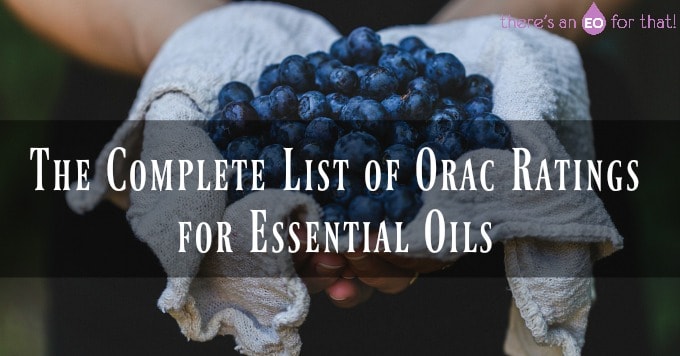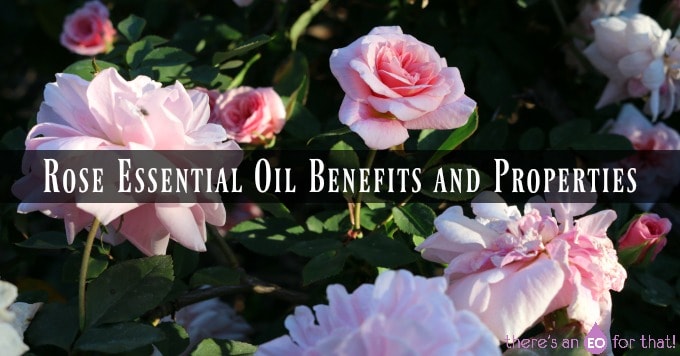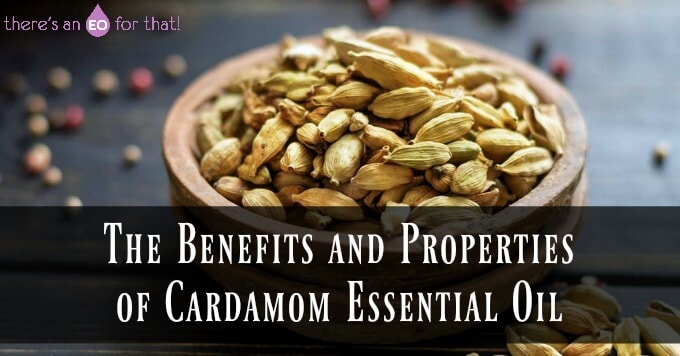
Free radicals and the damage they cause in the body on a cellular level, have become a hot topic in recent years. The oxidative deterioration we face in modern life like stress, pollutants in the environment including those found in our food and water, various diseases and illnesses, and even DNA damage, all take part in the slow yet steady breakdown of our health.
Thankfully, there are powerful antioxidants available that help protect the body and its cells from oxidative stress by deflecting the damage caused by free radicals.
One of the most healing properties of essential oils is that they can remove free radicals from the body. This is because they contain high amounts of antioxidants which are substances that can neutralize the damaging effects of free radicals in our everyday lives and safely eliminate them.
You may already know that fresh fruits and vegetables contain antioxidants and that they are essential to consume for vibrant health and longevity. Essential oils also contain antioxidants but in a much more concentrated form.
The antioxidant potential of certain foods and essential oils are listed as their ORAC rating or Oxygen Radical Absorbance Capacity.
The ORAC scale was developed by USDA researchers at Tufts University in Boston, Massachusetts in order to measure both the time and degree of free radical inhibition.
To give you an idea of the immense difference between the ORAC rating of common foods vs essential oils, I have included a comparison chart below from one of my favorite books, The Chemistry of Essential Oils:
You can see by just glancing at the chart that essential oils are far more potent in antioxidants than fruits and vegetables, though that certainly doesn’t mean you shouldn’t be topping up your consumption of fresh produce!
Essential oils don’t contain any nutrients, which you can read more about here, so be careful not to assume that they are superior in every way.
They are superior, however, when it comes to antioxidants and using them to protect the body from oxidative damage, especially when applied topically to the skin. This is why essential oils are popular additions to anti-aging skin care products.
The Complete List of ORAC Ratings for Essential Oils
Below is a list of 75 essential oils and their ORAC rating per 100 grams or µTE/100 g.
- Clove - 1,078,700
- Myrrh - 379,800
- Anise – 333,700
- Citronella - 312,000
- Coriander - 298,300
- Fennel - 238,400
- Clary Sage - 221,000
- German Chamomile - 218,600
- Cedarwood - 169,000
- Rose - 158,100
- Nutmeg - 158,100
- Marjoram - 151,000
- Melissa - 139,905
- Ylang Ylang - 134,300
- Palmarosa - 130,000
- Rosewood - 113,200
- Manuka - 106,200
- Wintergreen - 101,800
- Geranium - 101,000
- Ginger - 99,300
- Bay Laurel - 98,900
- Eucalyptus Citriodora - 83,000
- Cumin - 82,400
- Black Pepper - 79,700
- Vetiver - 74,300
- Petitgrain - 73,600
- Blue Cypress - 73,100
- Citrus Hystrix/Combava/Kaffir Lime - 69,200
- Douglas Fir - 69,000
- Blue Tansy - 68,800
- Goldenrod - 61,900
- Melaleuca ericifolia/Rosalina - 61,100
- Blue Yarrow - 55,900
- Spikenard - 54,800
- Basil - 54,000
- Patchouli - 49,400
- White Fir - 47,900
- Tarragon - 37,900
- Melaleuca Cajeputi/Cajeput – 37,600
- Peppermint - 37,300
- Cardamom - 36,500
- Dill - 35,600
- Celery Seed - 30,300
- Fleabane, Canadian – 26,700
- Mandarin - 26,500
- Lime - 26,200
- Galbanum - 26,200
- Myrtle - 25,400
- Cypress - 24,300
- Grapefruit - 22,600
- Hyssop - 20,900
- Balsam Fir - 20,500
- Melaleuca Quinquenervia/Niaouli – 18,600
- Thyme - 15,960
- Oregano - 15,300
- Cassia - 15,170
- Sage - 14,800
- Mountain Savory - 11,300
- Cinnamon Bark - 10,340
- Tsuga - 7,100
- Valerian - 6,200
- Cistus - 3,860
- Eucalyptus Globulus - 2,410
- Orange - 1,890
- Lemongrass - 1,780
- Helichrysum - 1,740
- Ravintsara – 890
- Lemon - 660
- Frankincense Carteri - 630
- Spearmint - 540
- Lavender - 360
- Rosemary - 330
- Juniper - 250
- Roman Chamomile - 240
- Sandalwood – 160
27 Common Essential Oils With Unknown ORAC Values
Below is a list of common essential oils that do not yet have a listed ORAC rating.
I’ve included them so that you can see them all at a glance and not have to wait for a response on what their ORAC rating is – the short answer is they don’t have one – yet!
- Angelica
- Bergamot
- Carrot Seed
- Cedar, Western Red
- Copaiba
- Davana
- Dorado Azul
- Elemi
- Eucalyptus Blue
- Eucalyptus Dives
- Eucalyptus Polybractea
- Eucalyptus Radiata
- Frankincense, Sacred
- Jasmine
- Lavandin
- Ledum
- Melaleuca Alternifolia/Tea Tree
- Mugwort
- Neroli
- Ocotea
- Palo Santo
- Pine
- Sage, Spanish
- Spruce
- Tangerine
- Tansy, Idaho
- White lotus
What have been your favorite uses for antioxidant essential oils with high ORAC ratings? Please share in the comments below!
You may also enjoy reading:
Essential Oil Quick Usage Guide
Essential Oil Profiles and Therapeutic Uses
Essential Oils for Stress
Could Herbs be Your Answer to Stress Relief?






Linda S says
Is topical application better than ingestion for anti-oxidant absorption?
Laurie says
Thanks for all the research you do. Do you have a list or can you recommend a good blend of high rated ORAC that I can put into a body lotion?
Melanie Pierce says
I’m pretty new to the EO scene and am finding your site invaluable. I read above that the antioxidant benefits are best received topically. What about when diffused? Thanks.
Tash says
Hi, Melanie!
I don't think you will get the full benefits if diffused. Topical application really is best for getting all those good antioxidants into your skin 🙂
Anita Machlin says
What a great list for those of us who want to select according to strength. I get overwhelmed because so many oils are ORAC I don't know which to select.
Your site is fantastic! And thanks too for listing some blends. So useful
Tash says
Thank you, Anita! 🙂